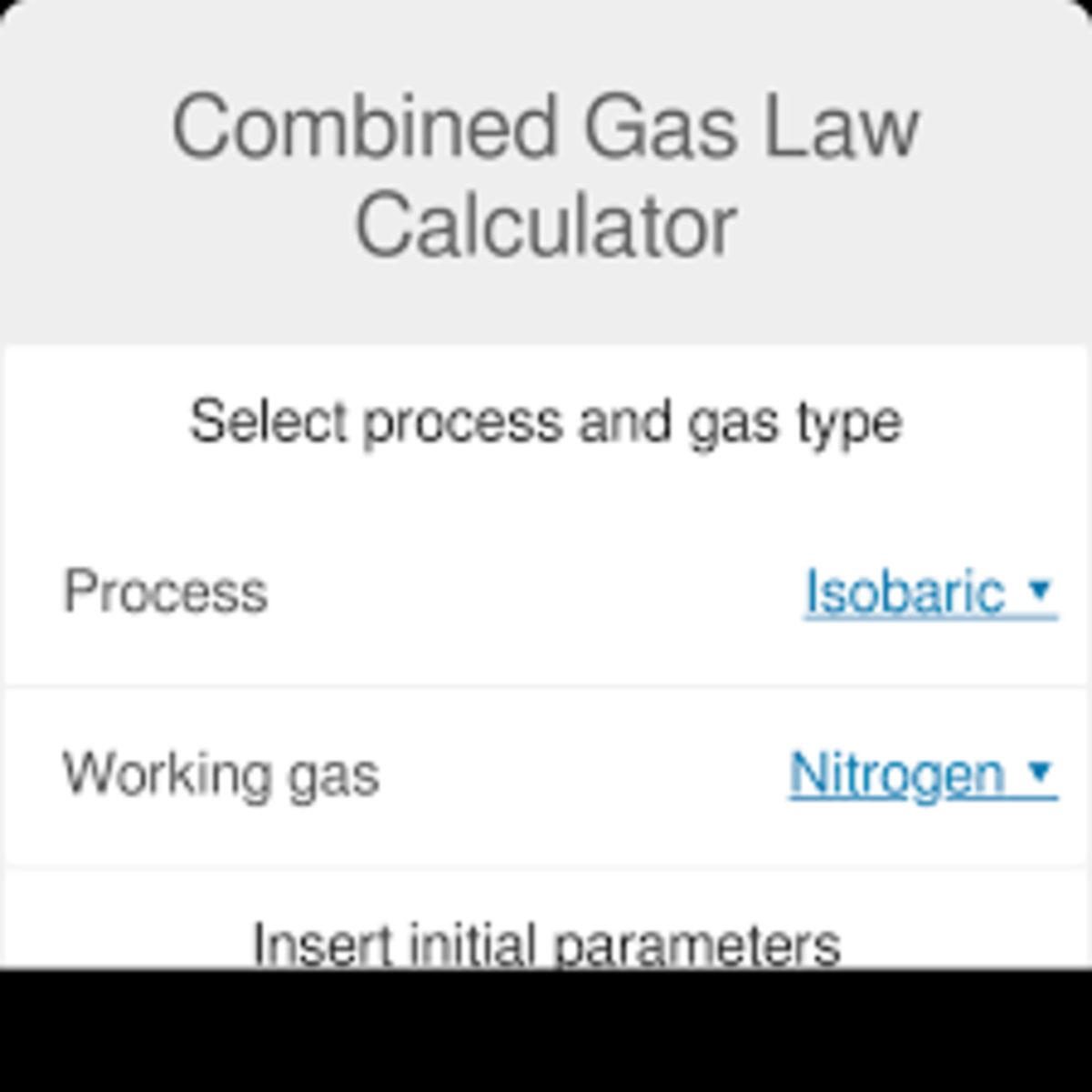Is Omni calculator correct? as a combined gas law calculator
 Suppose an adiabatic expansion(W2) occurs and then an adiabatic compression(W1) is done to bring it back to its initial volume. In Omni calculator (combined gas law calculator) I saw that W2>W1 for some cases (eg. nitrogen of 1atm at 300K in 15container expand to 30 case)
Suppose an adiabatic expansion(W2) occurs and then an adiabatic compression(W1) is done to bring it back to its initial volume. In Omni calculator (combined gas law calculator) I saw that W2>W1 for some cases (eg. nitrogen of 1atm at 300K in 15container expand to 30 case)
 But if that is true, then after expansion and compression if we introduce a hot reservoir we can run the process in cycle. In each cycle the work output is W2-W1 and what is more interesting is that we don't need a cold reservoir here. Or in other words it is a perpetual motion machine of 2nd kind. Please do help me solve this doubt. I also don't understand (if Omni is right) why the compression yielded less work. For helium case i didn't see this problem( which is a near approximation for ideal gas). Surely ideal gas don't do such things.
But if that is true, then after expansion and compression if we introduce a hot reservoir we can run the process in cycle. In each cycle the work output is W2-W1 and what is more interesting is that we don't need a cold reservoir here. Or in other words it is a perpetual motion machine of 2nd kind. Please do help me solve this doubt. I also don't understand (if Omni is right) why the compression yielded less work. For helium case i didn't see this problem( which is a near approximation for ideal gas). Surely ideal gas don't do such things.
Easy Math Editor
This discussion board is a place to discuss our Daily Challenges and the math and science related to those challenges. Explanations are more than just a solution — they should explain the steps and thinking strategies that you used to obtain the solution. Comments should further the discussion of math and science.
When posting on Brilliant:
*italics*or_italics_**bold**or__bold__paragraph 1
paragraph 2
[example link](https://brilliant.org)> This is a quote# I indented these lines # 4 spaces, and now they show # up as a code block. print "hello world"\(...\)or\[...\]to ensure proper formatting.2 \times 32^{34}a_{i-1}\frac{2}{3}\sqrt{2}\sum_{i=1}^3\sin \theta\boxed{123}Comments
There are no comments in this discussion.